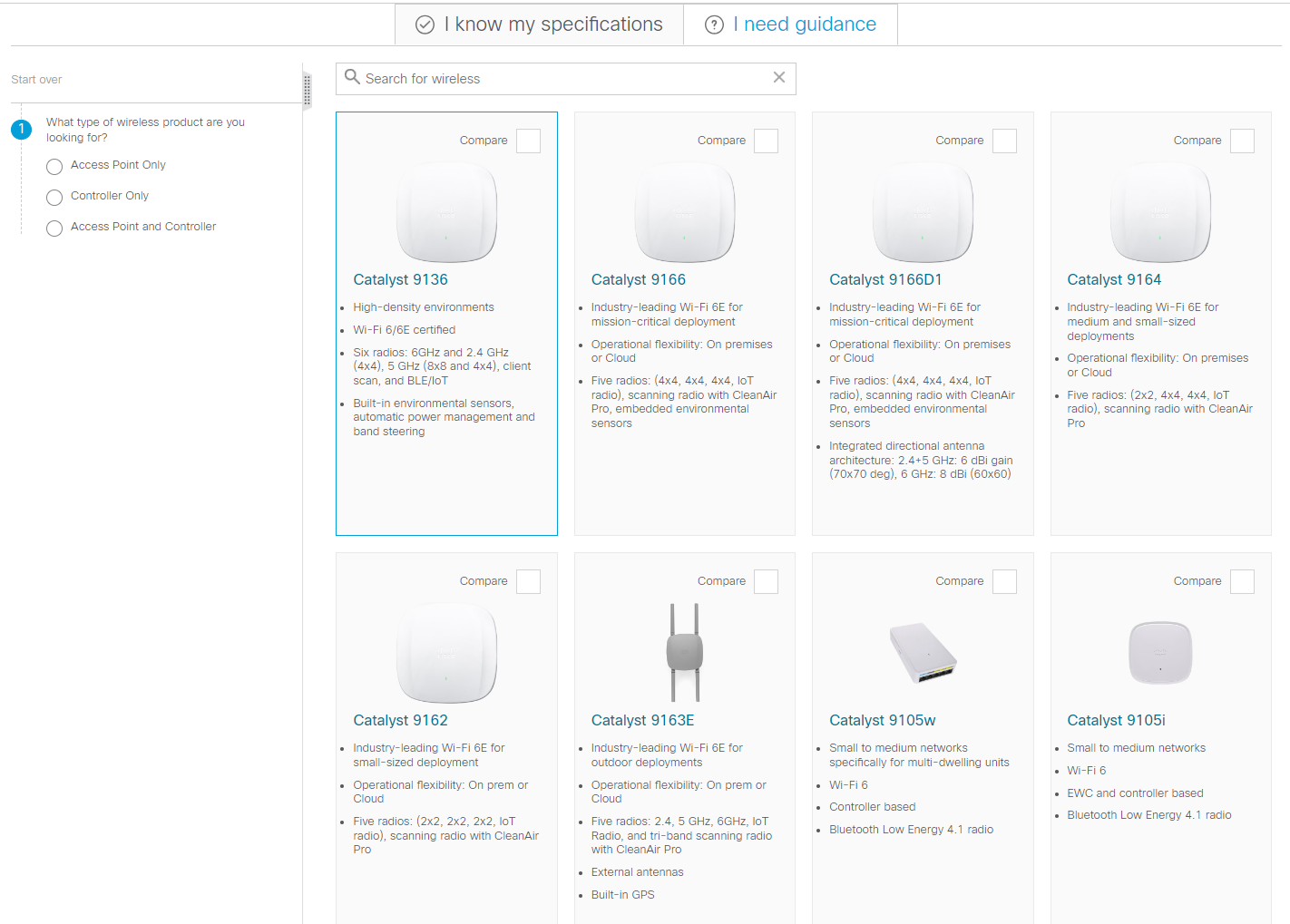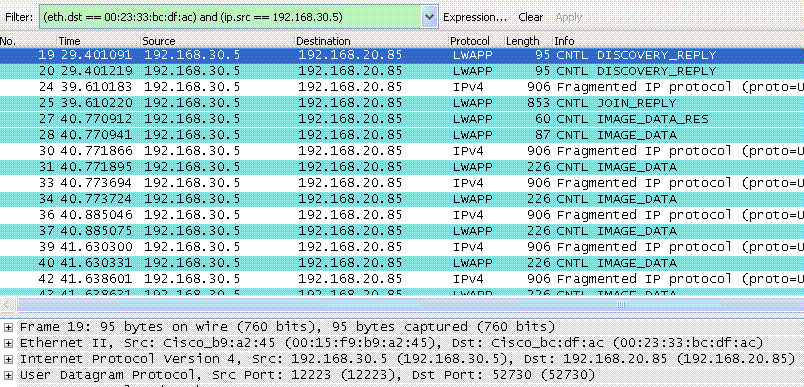
































Just days after Russia's Luna-25 crashed, the Indian Space Research Organisation's (ISRO) Chandrayaan-3 is set to land on the lunar south pole on 23 August. It will be India's second attempt after 2019, when ISRO's Chandrayaan-2 mission failed to land.
Space agencies are racing to the moon's south pole for several reasons. The first is the presence of frozen water. Scientists found a high concentration of water ice below the surface of the moon's craters. Water is a key resource for future human missions as it can be broken down into hydrogen and oxygen and used to support and fuel life, reducing the need to bring it from Earth.
Ancient water ice could also provide scientific insights into the lunar volcanoes and material from comets and asteroids that impacted the moon. A first landing by India would be historic, as the rough south pole terrain makes it very complex. It would demonstrate their technological capabilities and boost their space ambitions and reputation. Corporations and space agencies from all over the world are keen on mining lunar resources for commercial space exploration and human colonization. The race to the moon's south pole represents a new frontier for lunar exploration and a stepping stone for future human missions to the moon and beyond.
 Etiquetas calientes:
desarrollo
Etiquetas calientes:
desarrollo